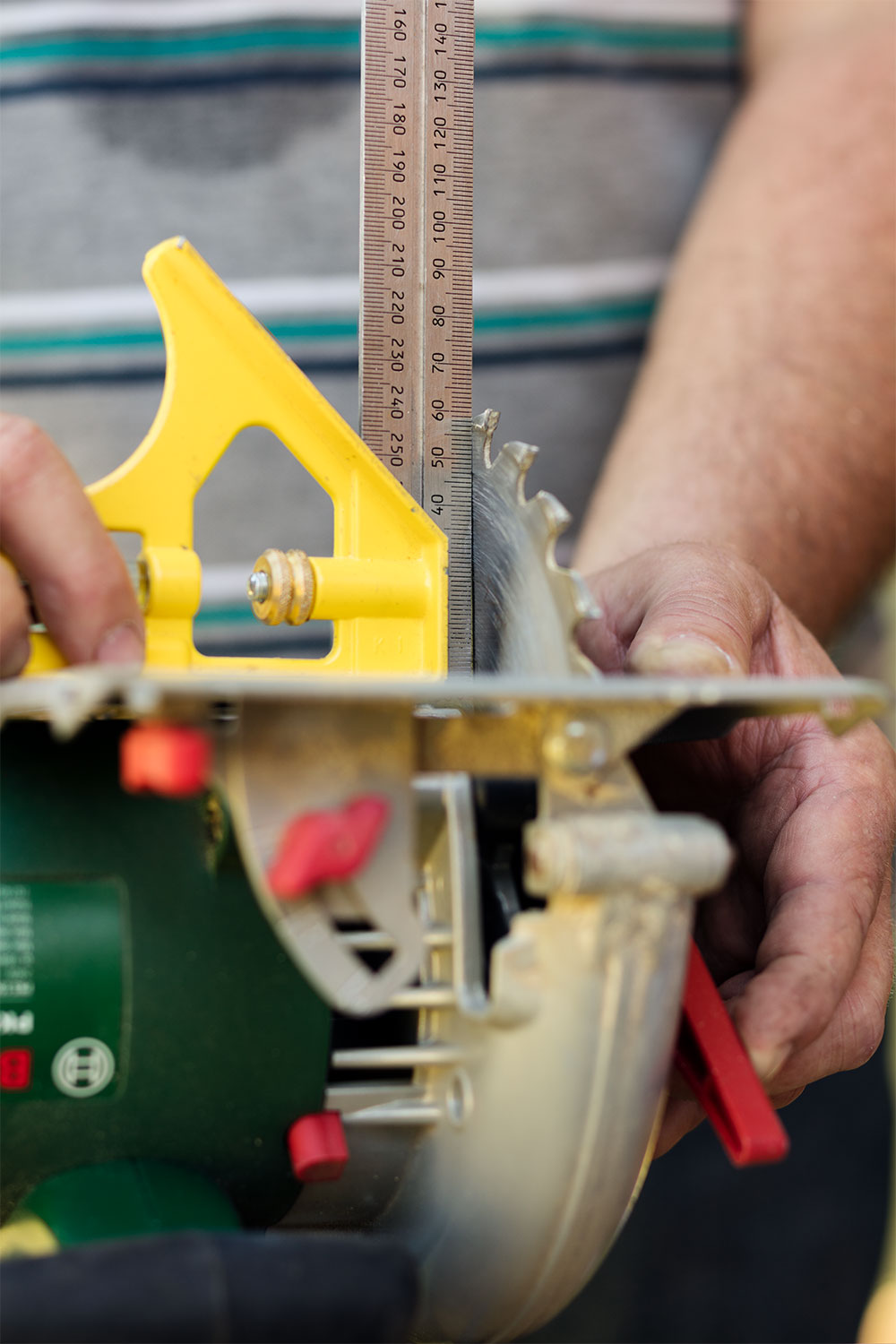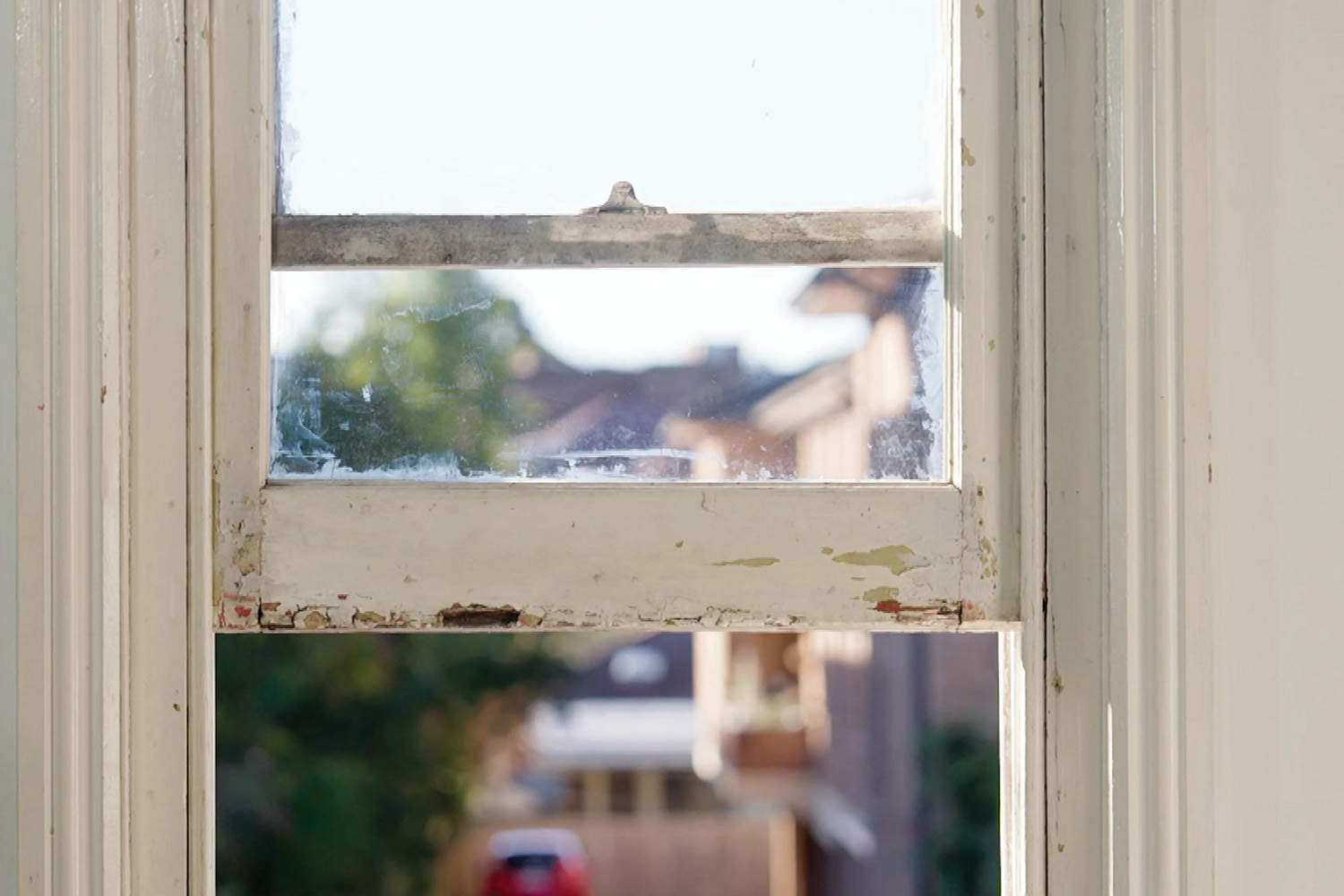Ranking high among the most versatile hand tools around is the combination square. It’s a handy addition to your toolbox that can help you achieve your DIY projects. It’s no wonder you always see one dangling off the tool belts of the pros.
1. As a square

The most common use for the tool is to draw square lines across a piece of timber. Place the head against the edge and run your pencil along the ruler. You can also do 45 degree lines by using the angled part of the head against the edge.
2. As a marking gauge

To draw a line along a board parallel to the edge, first lock the head at the required measurement on the rule. Place the head against the edge of the board and a sharp pencil on the board against the end of the rule. Slide the square and pencil together along the board to mark your line.
3. To check a corner is square

To check the corners of a project are square, fully retract the rule so it is flush with the straight edge on the head. Place the square on the inside of the join and adjust the timber so it meets the rule all the way along.
4. As a cutting guide

When you need a neat square cut across a soft material, like a vinyl flooring plank, place the square at the desired point, hold firm then run the knife along the rule. Too easy!
5. To adjust your circular saw

Make sure your circular saw is cutting square by placing the head of the square on the base plate of your saw with the rule against the saw blade. Adjust the base plate until the rule and saw blade are in contact all the way along it.
6. To set the cutting depth of a tool

To accurately set the depth of the cutting bit on a router or blade on a circular saw, place the square on the base plate and, while looking at measurements on the rule, adjust the tool until the bit or blade is at the required depth, then lock the base plate in position.
7. As a measuring gauge

To accurately measure a distance between two surfaces (here, the distance from the edge of the concrete to the face of the bricks below), place the combination square head on one surface and extend the rule until it hits the other surface. Where the head sits on the rule is the distance you’re looking for. If you need to transfer this measurement, lock the head on the rule.
8. As a ruler

Need to draw a short straight line between two points? Save time by grabbing your combination square and removing the rule from the head so you can use it on its own.
You might also like:










